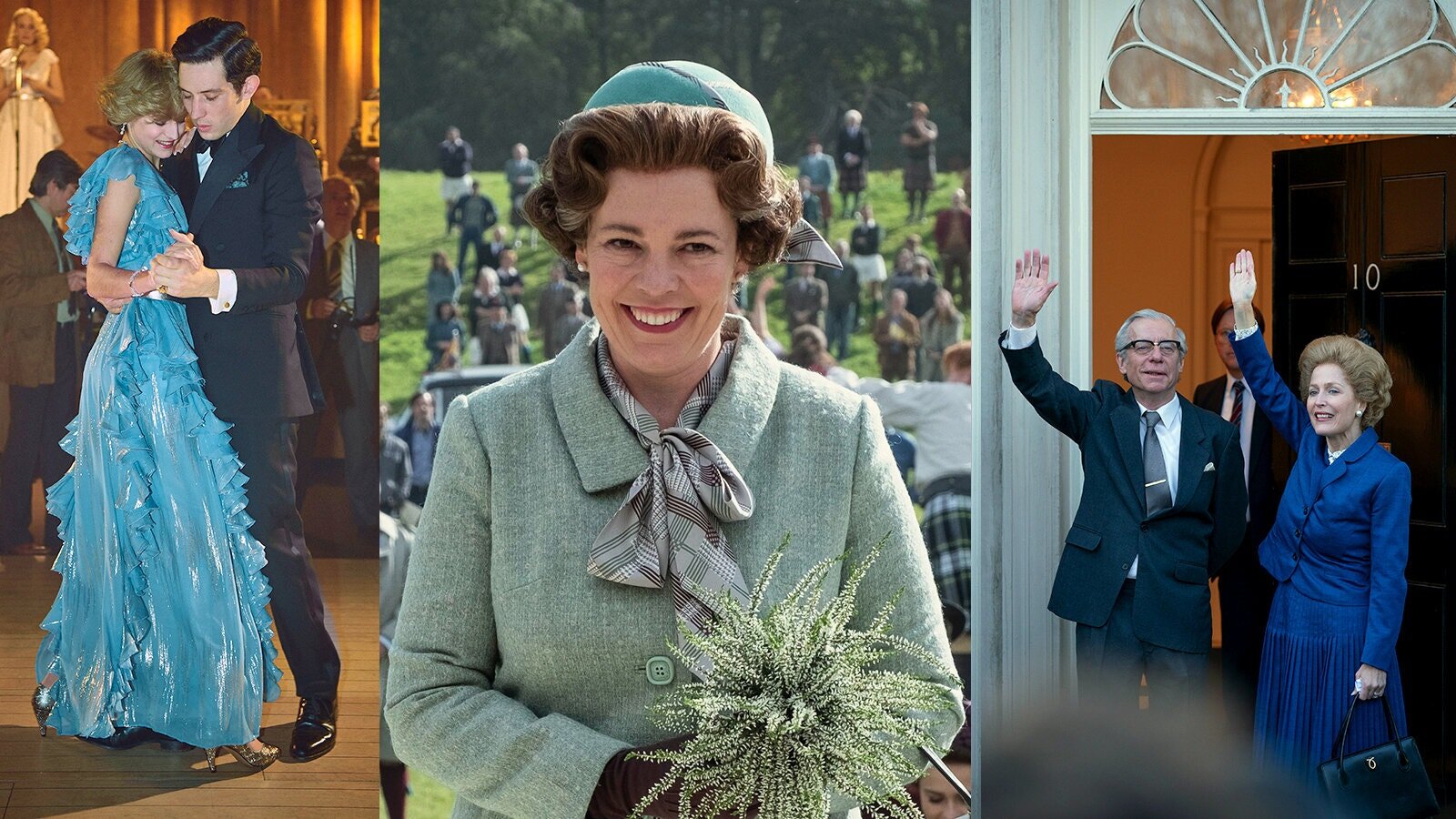An optimist by nature, I try to be the kind of person who finds the silver lining in difficult situations and choose to persevere rather than give up or give in. But this month has been especially hard, on so many levels personal and professional, and for so many people near and dear in my orbit. With my students, I have been trying to find a balance as we finish out this difficult semester. Compassion is called for at these times, and the discussion around mental health and well-being, on many levels, has filled up more of my time than any real conversations about course content. I have to remind myself constantly that we are not living anywhere near “normal” times, and then find a way to mirror that reality as an educator. Compassion is called for in a way that we may not see again in the same way in this lifetime.
Thankfully, the study of art history and visual culture provides ample opportunity to explore and find resonance with the creatives and artists of past eras, and I am seeing some of the most profound and thoughtful ideas coming out of the courses I have taught since the pandemic started. In my round up this week, you will discover something of this sentiment in an art world continuing to find meaning and offer critical reflection as the optimism of recent years is tested.
A FEW MORE THINGS BEFORE THE ROUND UP
I have been writing a few lines a day in my five-year journal (pictured above) since the early days of the pandemic.
At the beginning of the pandemic, the historian in me knew that a documentation of what lay ahead would someday prove compelling. As I am pretty inconsistent with daily journaling, I wanted something low stakes and analog to meet me where I was. Some Lines a Day Journal has proven to be the perfect journaling companion. It is one of the many five years on a page journals out on the market that prompts a short entry (literally of 4-5 lines tops) each day and allows you to see the comparison of your entries year to year for five years, all on one page. I have been recommending this to my students and I share here as well as a small daily habit that over time will create quite a personal keepsake. I also love the elegant simplicity and quality of the Leuchtturm1917 journals—they are a dream to write in.
I am currently working on a paper that will be published in an edited book titled Through a Glass, Darkly: Screening the Art World through Amsterdam University Press later next year. My chapter is tentatively titled “Breaking the Fourth Wall: Exposing the Business of Contemporary Art in Documentary Film” and as part of my research I have been reading recent art theory that deals with art and culture in the era of Trump. Among the literature I am reviewing, I have especially enjoyed Hal Foster’s book What Comes After Farce? (Verso, 2020). I routinely assign Foster for many of my upper level art history courses-- his books were also staple reading when I was a grad student-- and his latest book is already helping me to conceptualize important underpinnings to the arguments I will be making in my paper. Highly recommended text for a broad interdisciplinary readership, but also incredibly accessible for a lay audience interested in what is happening to the arts in a “post-truth” world. And P.S. the book is currently 40% off through the publisher’s year-end sale.










Life on the Line: 10 Artists Spread Mental Health Awareness Across Toronto’s Subway
Why the Art World Shouldn’t Be Congratulating Itself on Donald Trump’s Defeat
The story you haven’t heard about that viral image of Kamala Harris and Ruby Bridges
How mass media representations shape us | Cindy Sherman (VIDEO)


